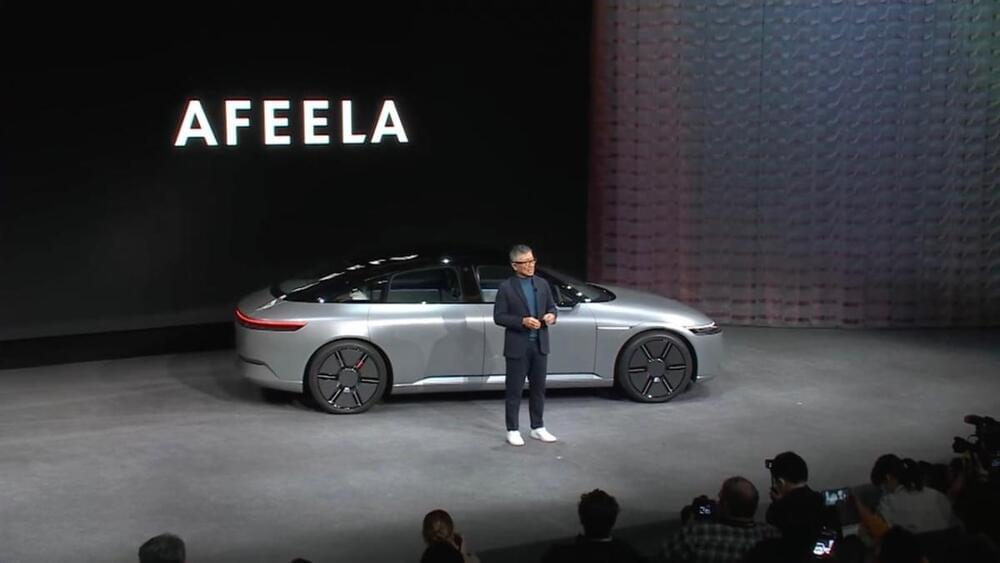This past year, global attention has been focused on geo-strategic issues, such as the devastating war in Ukraine, which has dislocated many and caused immense suffering. Attention has also been focused on the recovery from the COVID pandemic, which was the overriding concern over the past three years. And finally, the economic destruction wrought by rapidly ramped interest rates which have targeted all sectors of the economy, particularly technology. But despite all this negativity, the business of building the future continues. There has been progress across major axes of computing, from visualization to AI and new types of processors (quantum).
With immense progress in technology, what might we look forward to in 2023?







